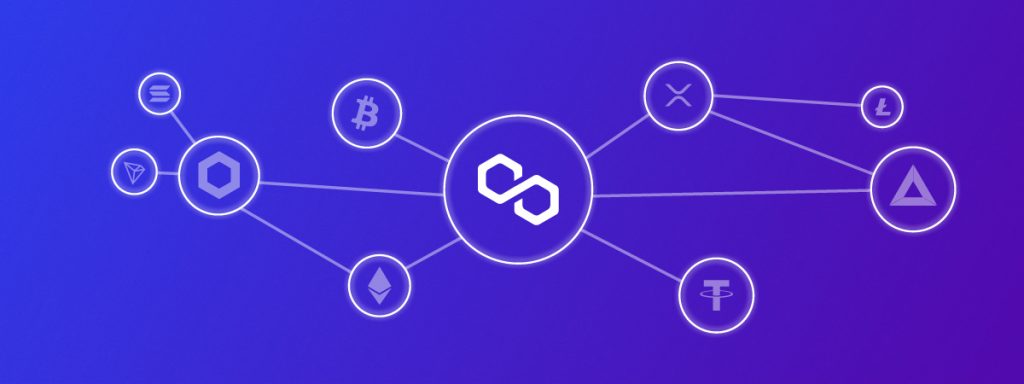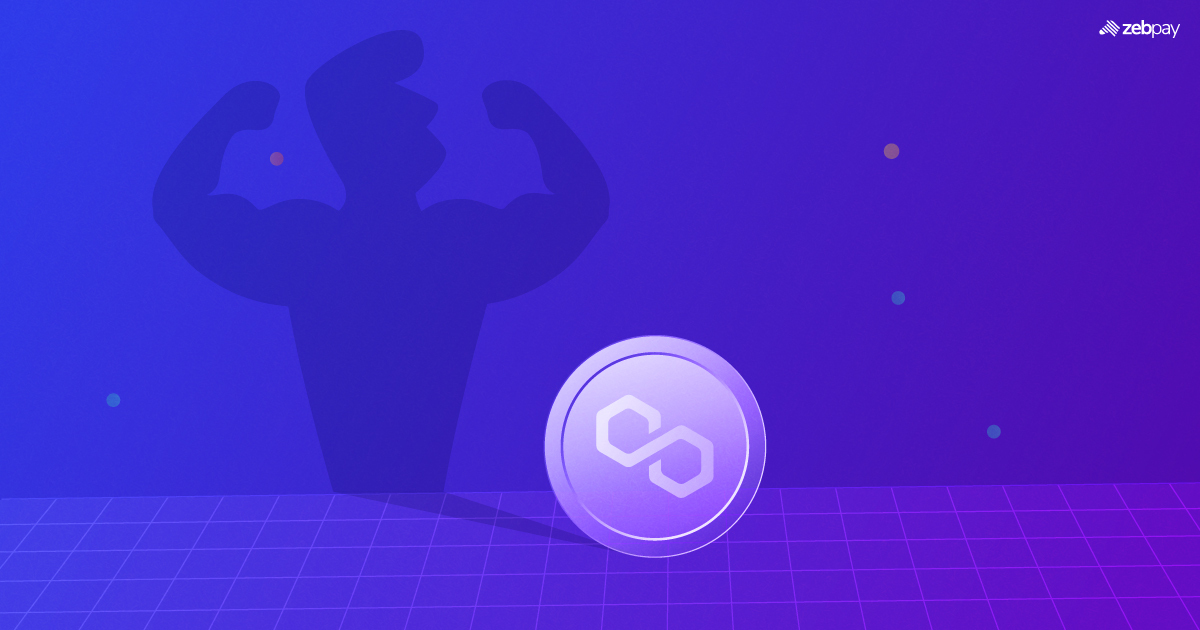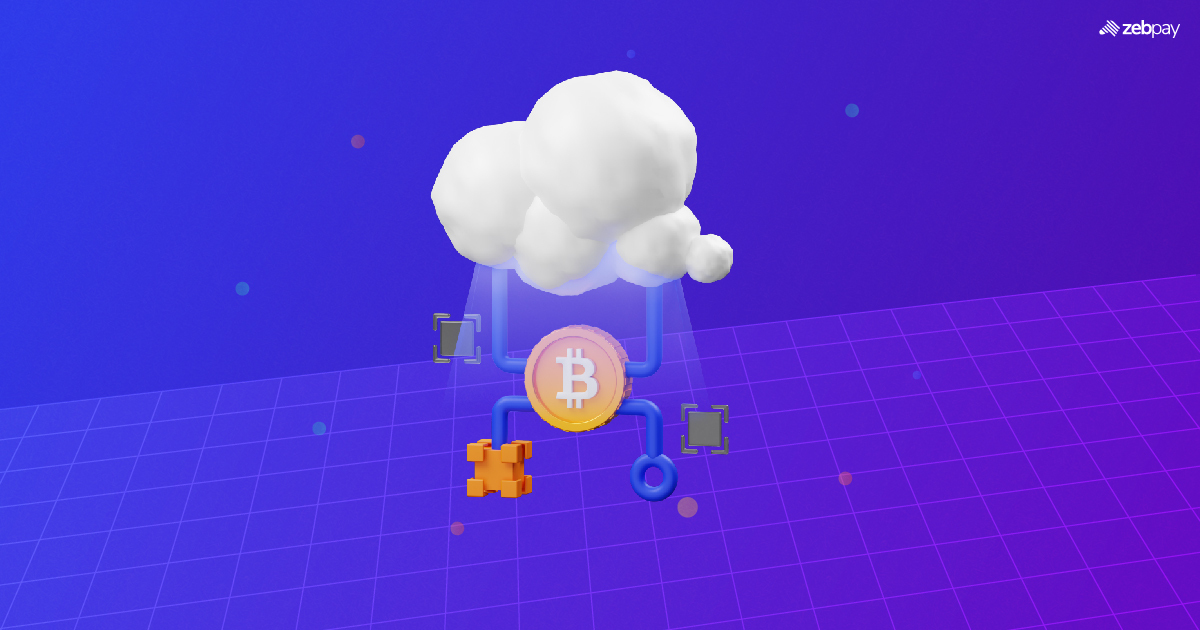The rise of decentralized applications, or dApps, is due to multiple factors, such as the growing popularity of blockchains, more demand for decentralized systems, and new crypto platforms that allow developers to innovate and host dApps. Play-to-earn games, social networks, healthcare, governance, and deFi applications are some examples of dApps.
Polygon’s rise in the crypto world can be attributed to its innovative technology, which provides numerous benefits to developers like high throughput, sidechains, improved user experience, and security. It addresses two critical issues that most crypto protocols face: scalability and interoperability. It has the potential to grow into a large crypto ecosystem as developers leverage its features to build interoperable dApps that can run on multiple blockchains. Let us explore some of the features of Polygon that are powering the development of innovative dApps.
Introduction to Polygon
Polygon aims to address Ethereum’s scaling issues by sacrificing decentralization to provide robust network security and faster transaction speeds. It uses a commit chain with numerous side chains that help facilitate faster and cheaper crypto transactions.
Polygon wants to create a hub for multiple blockchains to communicate while overcoming individual constraints such as security, scalability, and high fees. It employs numerous technologies to offer benefits such as interoperability and cross-chain connectivity. It uses the proof-of-stake (PoS) consensus mechanism for its main chain and also on applications built on its platform. It transfers crypto assets and data between blockchains using plasma chains and bridges. It employs a variety of scaling solutions to achieve high throughput and low transaction fees.
Read more: What is Polygon (MATIC)
Enhanced Scalability for dApps
One main disadvantage of traditional blockchains is that they sacrifice some security and decentralization to achieve network scalability. These blockchains have to incentivize a large number of users to achieve decent network security. A scalable crypto network will increase the cost of running a node at the expense of decentralization.
Polygon aims to address Ethereum’s scaling issues by providing robust network security and faster transaction speeds. It creates a commit chain with numerous side chains for quick and cheaper transactions. Migrating assets from Ethereum to Polygon is simple, as the commit chain copies the Ethereum blockchain. Polygon uses a proof-of-stake mechanism to validate transactions across multiple global nodes, increasing transaction speeds. It can process 65,000 transactions per second (TPS), whereas Ethereum can only process about 15 TPS.
Polygon, unlike most crypto platforms, offers many scaling solutions, such as plasma sidechains, PoS networks, and optimistic and zero-knowledge rollups. Developers select the scaling solution that best meets their individual needs.
Lightning-Fast Transaction Speeds
Polygon can outperform the Ethereum network in terms of transaction speed. It is a layer-2 scaling solution on top of Ethereum and can achieve transaction speeds up to 65,000 TPS, whereas Ethereum can only support about 15 TPS. Developers consider many criteria, like decentralization, transaction speeds, interoperability, and security, when choosing a blockchain to build their dApps. Polygon can achieve high scalability, making it ideal for dApps that require low-cost and fast transactions.
Cost-Effectiveness
The Polygon network handles most of its transactions off-chain, resulting in low fees and fast transactions. Lower transaction costs can increase user and developer accessibility. Users can cost-effectively deploy a variety of dApps on the Polygon network. The average transaction cost is around $0.015, much lower than what Ethereum charges.
Ecosystem Interoperability
Polygon’s creators established interoperability with other blockchains to facilitate the easy transfer of crypto assets and data across platforms. Its APIs and software development kits (SDKs) enable easy integration with other blockchains. Bridging refers to the easy and cheap transfer of crypto tokens between blockchains.
Bridging crypto tokens can help tackle issues like slow network speeds, scalability, and high fees. The Polygon Bridge facilitates cross-chain transactions between Polygon and other blockchains. Users can employ Smart contracts to transfer crypto tokens and NFTs to its sidechain. Polygon can seamlessly connect with other blockchains and allow users to easily transfer crypto assets back and forth.
Eco-Friendly Approach

Polygon employs the PoS consensus mechanism, which offers various benefits to the network. The polygon PoS system is a more sustainable and energy-efficient alternative to traditional systems such as the proof-of-work (PoW) model. Sustainability has gained significance in recent years, and more businesses want to reduce their carbon footprints. Crypto sustainability refers to using crypto assets in an environmentally sustainable manner. Polygon has pledged to be environmentally responsible by supporting the decentralized and renewable nature of crypto technology. It aims to incorporate sustainability into its business processes through cloud technologies, distributed ledgers, and energy-efficient computing components.
Read more: Proof of Work vs Proof of Stake
Use Cases and Real-World Examples
There is a wide range of use cases on the Polygon network, such as decentralized exchanges (DEXs) that provide quicker and cheaper ways to trade crypto tokens.
The Polygon platform is also designed to create dApps that accelerate the payment process by enabling instant payment settlement through specialized APIs and SDK integration. Another use case is lending platforms. Polygon allows lenders to examine customers’ credit scores and develop Smart contracts to automate the loan disbursement processes.
Polygon’s Layer 2 sidechain scaling solution makes Web3 gaming platform development efficient and quick. With the collaboration of Ethereum and Polygon, gaming platforms can solve lagging issues that other blockchain games suffer.
Prominent dApps built on the Polygon network include the Aave and Lido protocols. Aave is a decentralized lending and borrowing crypto protocol and has about $1.5 billion in the Polygon ecosystem. Lido is a DAO-controlled liquid staking protocol on the Polygon network. This protocol enables users to stake MATIC tokens on the Ethereum blockchain.
Future Prospects for Polygon and dApps
Ethereum has remained a vital crypto protocol with innovations ranging from DeFi to Smart contracts and NFTs. Despite its success, it has significant challenges like network congestion, decreasing transaction throughput, and high network fees. These Ethereum drawbacks have opened the door for new crypto projects to prosper. Polygon is one such project.
Read more: Role of Polygon (MATIC) in DeFi
Polygon has built innovative dApps like play-to-earn games, DEXs, and NFT marketplaces. It is becoming more popular among developers, with many dApps migrating to its platform.
Many media platforms are also joining the network to take advantage of its low costs and fast transaction speeds. It is also striving to become a highly sustainable blockchain, making it appealing to developers who want to create more sustainable or green crypto applications and assets. Polygon can support many dApps through its security, interoperability, and scalability features. It will be a vital part of the future crypto landscape.
Read more: How to Earn with MATIC
To stay up to date with the latest crypto news, visit ZebPay blogs. Click on the button below to trade on ZebPay.






